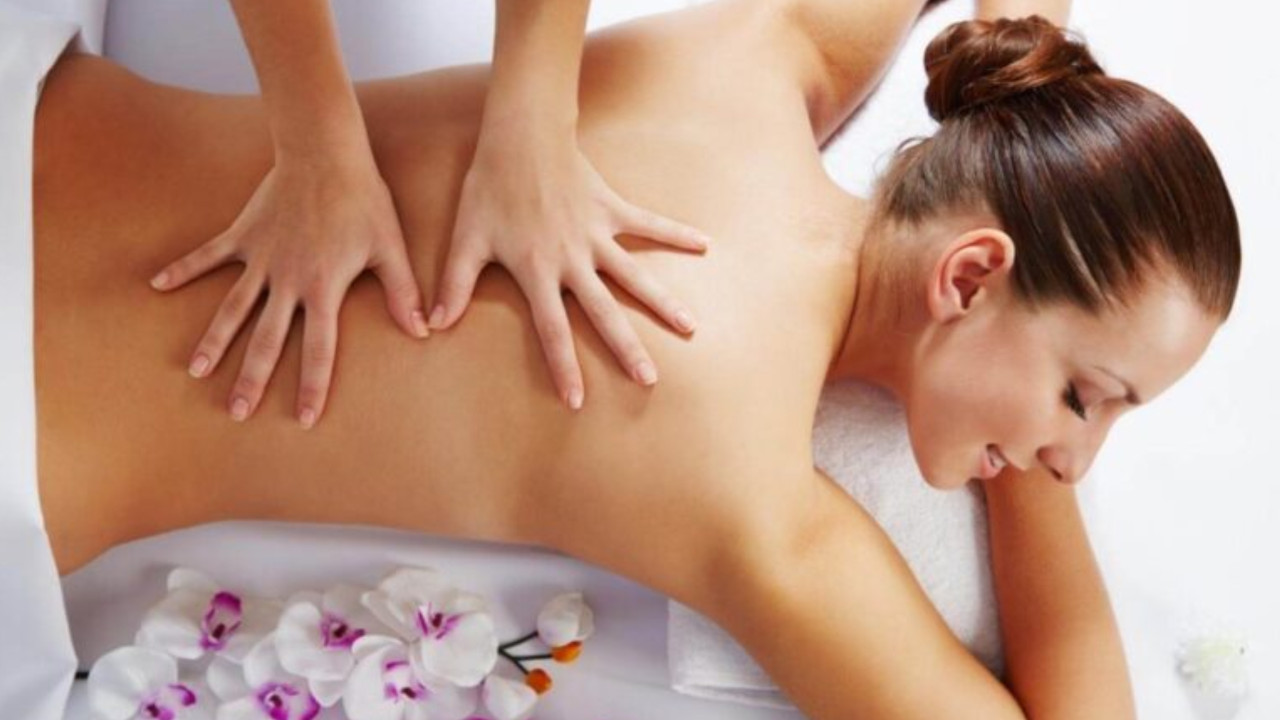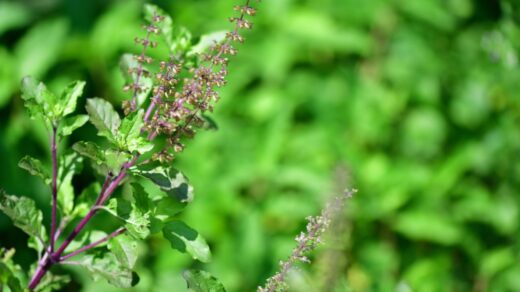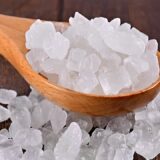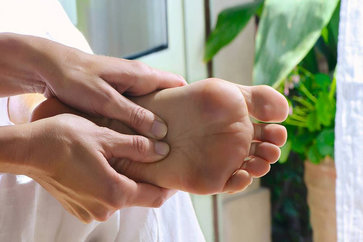Indian Ayurvedic Massage: Worth It or Not?
Ayurvedic massage is a holistic practice rooted in the ancient Indian system of medicine, Ayurveda. It combines traditional massage techniques with the principles of Ayurvedic healing to promote physical, mental, and emotional well-being.
By addressing imbalances in the body’s energy channels, or doshas, Ayurvedic massage can help alleviate stress, reduce pain, improve circulation, and enhance overall vitality. The customized massage techniques, which may include gentle strokes, deep tissue work, and specialized pressure point therapy, are tailored to the individual’s unique needs and constitution.
In recent years, Ayurvedic massage has gained significant global recognition. The World Health Organization has acknowledged its potential as an alternative therapy, and many countries, including Europe and South America, have embraced this ancient practice.
In India, Ayurveda is deeply integrated into the cultural and medical landscape. Universities offer specialized courses in Ayurveda, alongside traditional academic disciplines like engineering and architecture. This underscores the profound impact of Ayurveda on Indian society and its enduring legacy.
What Does This Therapy Include?
Ayurvedic therapy is a comprehensive approach to health and wellness that leverages the wisdom of ancient Indian medicine. It involves a combination of techniques, including the use of medicinal herbs and Ayurvedic massage, known as Panchakarma.
Panchakarma is a powerful detoxification and rejuvenation therapy that aims to restore balance within the body’s systems. By addressing imbalances in the doshas (Vata, Pitta, and Kapha), Panchakarma can help alleviate a wide range of health issues, including stress, anxiety, digestive disorders, and chronic pain.
The benefits of Ayurvedic massage extend beyond physical health. It can promote mental clarity, emotional balance, and spiritual well-being. For individuals seeking a natural and holistic approach to healing, Ayurvedic therapy offers a gentle yet profound path to optimal health and vitality.
Can Ayurveda Cure Any Disease?
Ayurveda focuses mainly on the preventive, in not getting a body system out of balance because the balance is the synchrony between health and illness. While traditional medicine focuses on the disease, the whole philosophy of
Ayurveda is focused on having a lifestyle totally synchronized with nature, which includes lifestyle, food, and all the physical and mental-emotional aspects that we need to live in. Perfect harmony in the environment is necessary and when we get out of balance, obviously this therapy can bring us back.
It is much related to the Samkhya philosophy, based on the fact that every living body is a mini-cosmos, everything that happens inside me also happens outside and there is no separation. It is from this vision of completeness of the integration of the human being with his environment that this philosophy of life is born and also how to restore balance.
It is Samkhya, from which the philosophy of the three guans comes, the characteristics of the universe and the theme of the five elements are also explained. From this, ayurveda develops what would be the doshas or biotypes, which advocate a perfect integration with nature.
That means caring for the body with ecology, for example, it says, explaining that we are living as the result of the paradigm of not taking care of our body or ecology, of simple exploitation without considering that what affects us from the outside also affects us inside and vice versa.
What is Shambhala?
Shambhala is a center dedicated to the practices of yoga and Ayurveda, drawing inspiration from the rich traditions of Hinduism and Tibetan Buddhism. In these ancient belief systems, Shambhala is often depicted as a mythical kingdom, a hidden paradise where wisdom, peace, and spiritual enlightenment flourish.
This legendary kingdom is often visualized as an eight-petaled lotus blossom, nestled amidst a ring of snow-capped mountains. At its heart lies the city of Kalapa, the seat of the King of Shambhala, a benevolent ruler who governs with compassion and wisdom.
What Is Massage?
Massage therapy is a time-honored practice that involves the manipulation of soft tissues to promote relaxation, reduce pain, and improve overall health. By applying various techniques, such as kneading, stroking, and pressure point therapy, massage therapists can help alleviate stress, increase circulation, and boost the immune system.
While massage can provide significant short-term benefits, it’s important to address underlying stressors and lifestyle factors to achieve long-lasting wellness. By incorporating regular relaxation techniques, mindfulness practices, and healthy habits into your daily routine, you can maintain a balanced and harmonious state of being.
What is Ayurvedic massage?
It is oriented to restore the vital flow within the body and eliminate toxins. There are about 107 marmas, vital points, which are distributed throughout the body, and which are stimulated by movements. That’s why it has a rhythm, a sequence. In the joints, circular massages are made just to remove the toxins.
All the massage goes through the heart because this organ is the one that pumps and cleans. The entire lymphatic system is stimulated, the abdominal part, the abdomen, all oriented also to elimination.
The head is the Brahma randhra (the passage through which life enters, and an exit, the body), which means the entrance of energy, or of Brahma prama and they are synonyms.
All the movements that are made with Ayurvedic massage are aimed at stimulating the vital flow so that everything flows, so that the elimination of toxins takes place.
The messages are made with sesame oil, which has many vitamins and minerals, especially for people who have dry skin; it warms the body, which favors the elimination of toxins; It is extremely good for the nervous system and also has several essential fatty acids and vitamin E, which are very good on the skin.
What Is Ayurvedic Lifestyle?
Ayurveda, an ancient Indian system of medicine, emphasizes the importance of lifestyle modifications to achieve optimal health and well-being. It recognizes that humans are intrinsically connected to nature, and any disruption to this harmony can lead to imbalances in the body and mind.
Ayurveda categorizes individuals into three primary dosha types—Vata, Pitta, and Kapha—based on the unique combination of the five elements (ether, air, fire, water, and earth) present in their constitution.
- Vata individuals tend to be lean, creative, and prone to anxiety and insomnia.
- Pitta individuals are often intense, passionate, and susceptible to inflammation and digestive issues.
- Kapha individuals are typically calm, grounded, and may experience weight gain and sluggishness.
A key aspect of Ayurvedic lifestyle is tailoring diet and lifestyle practices to balance the dominant dosha. For example, Vata individuals may benefit from warm, grounding foods, while Pitta individuals may need cooling, soothing foods.
Additionally, Ayurveda places great importance on Agni, the digestive fire. A strong digestive fire is essential for optimal health, as it ensures efficient digestion and assimilation of nutrients. By adopting Ayurvedic lifestyle practices, such as mindful eating, regular exercise, and adequate sleep, individuals can cultivate a harmonious balance between body, mind, and spirit.
How To Be Healthy With Ayurveda?
The first thing that Ayurveda doctors do is verify your Agni, which is the one that really metabolizes and nourishes all tissues and nourishes the body and mind, and when it does not work well what we consume becomes toxins. The Agni is regulated with a fast of fruits, and with ayurvedic massage.
Why Is Ayurvedic Massage Necessary?
The Ayurvedic massage is done with a whole sequence of movements to stimulate both the blood and the lymphatic system because the lymphatic fluids help to nourish the cells and also to detoxify.
The lymphatic system only moves with the contraction of the muscles, and if one does not exercise, if one does not move, the toxins accumulate. So, these movements are an alternative for people who cannot exercise, the contraction is simulated, and then the lymphatic system is stimulated.
For What kind of Diseases is Recommended?
Ayurvedic massage is more preventative, this is at the limit of healing and prevention. The disease has six steps and advances in six processes. The first three steps do not exist in Western medicine.
For example, for Ayurveda, if your skin is drying or you have a little heat, it means that your dosha is already unbalancing. There already precautions are taken, such as feeding, the use of herbs, and massage.
Is Massage an Integral Therapy?
It’s just that, which is the definition of Ayurveda, which looks at everything that is health, body, mind, which is the meaning of (ayu) life expectancy. It is perfectly integrated, in order to be didactic; we go for part; for them, it is a set of things. If there is no good metabolism, it is a sign of illness, and good health is all that is in balance.
The last Note to be Healthy is Happiness
Of course, happiness is like a pyramid, and you have to fix your mind, and your body. Being happy is included in the Ayurveda definition of health.
So happiness would be our spiritual health, that’s why we are talking about all levels of health. This is a comprehensive health system that helps you balance all your dimensions. A healthy person is a happy person.
Ayurvedic massage has benefits for all levels, revitalizes you, and detoxifies you. Ayurveda focuses mainly on the preventive, in not getting out of balance, because the balance is the synchronous between health and disease.
Resources:

























